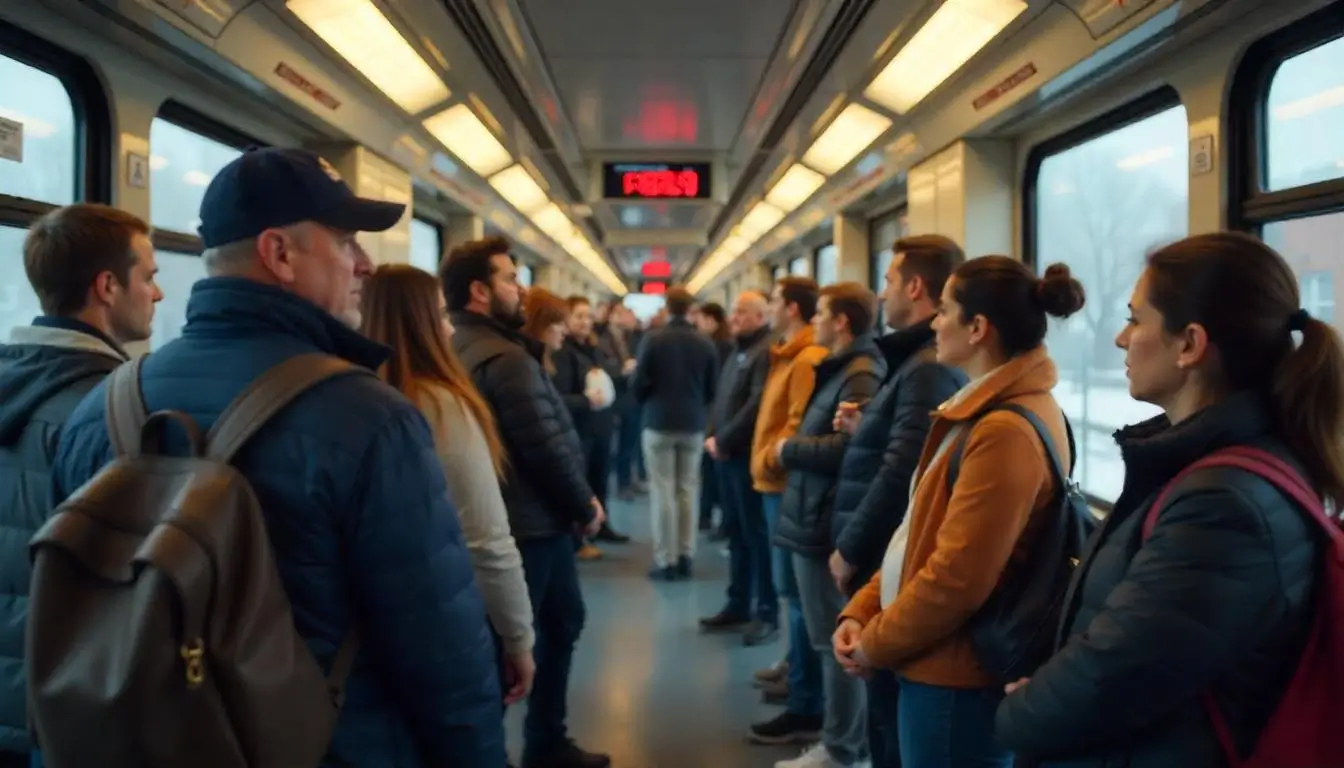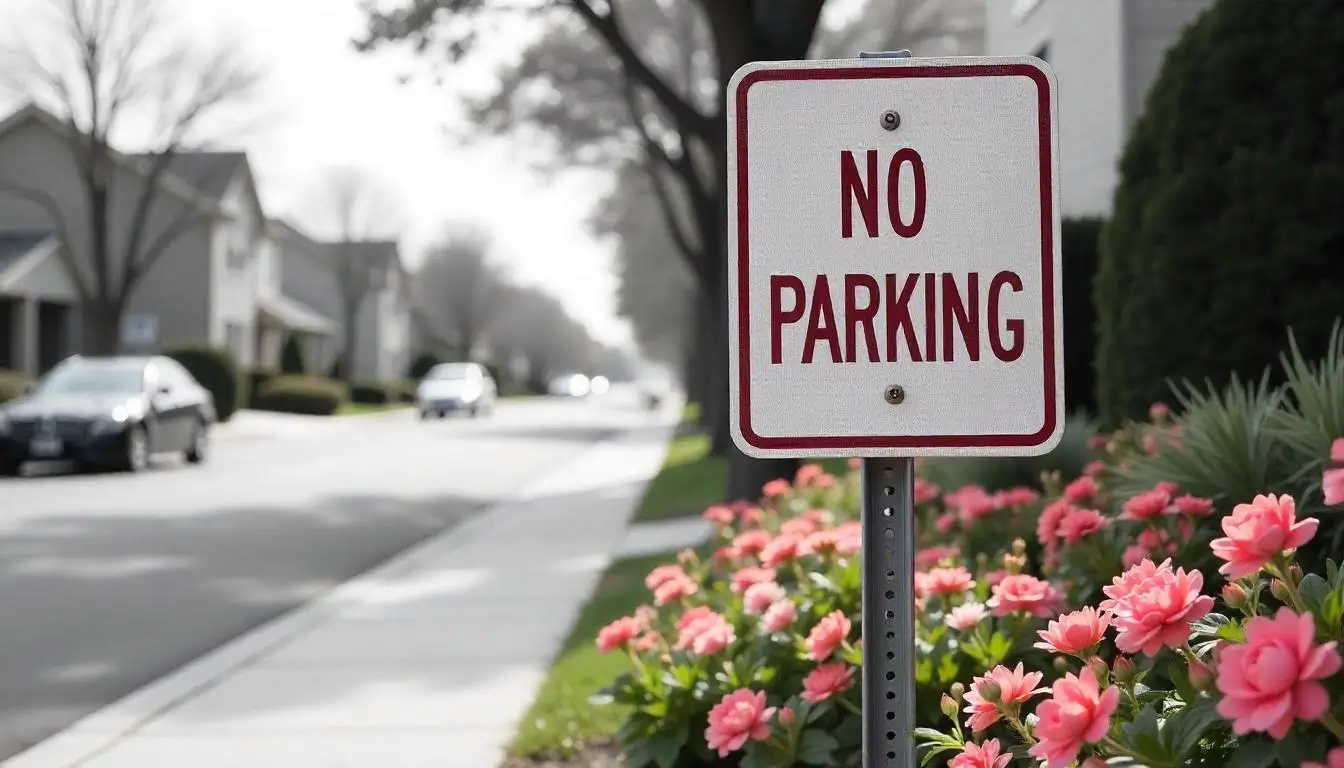Public transportation is a convenient, cost-effective, and environmentally friendly way to travel in the USA. However, knowing the US do’s and don’ts for buses and trains is essential to ensure a smooth journey for yourself and others. Whether you’re commuting daily or exploring a new city, following public transport etiquette helps create a respectful and efficient travel experience.
In this guide, we’ll cover the essential rules of public transport etiquette, including what you should do and what you must avoid when traveling on buses and trains in the USA.
Do’s of Public Transport Etiquette
- Be Prepared Before Boarding
- Have your ticket, pass, or payment method ready before getting on the bus or train.
- If you’re using a contactless payment method, ensure it’s working to avoid delays.
- Let passengers exit before boarding to keep the flow of movement smooth.
- Offer Your Seat When Necessary
- Give up your seat to elderly passengers, pregnant women, and individuals with disabilities.
- Look for designated priority seating and avoid using it if you don’t need it.
- Keep Noise Levels Low
- Use headphones when listening to music, podcasts, or watching videos.
- Speak in a moderate tone when talking on the phone or with a companion.
- Respect Personal Space
- Avoid leaning on poles or blocking aisles.
- If seats are available, avoid standing too close to seated passengers.
- Follow Local Rules and Guidelines
- Each city may have its own public transport regulations—check signs and announcements for rules.
- Be mindful of specific rules regarding bikes, large luggage, and strollers on public transport.
- Move to the Back When Boarding Buses
- If a bus is crowded, move toward the back to allow more people to board.
- Keep the front seats free for those who need them most.
- Use Handrails for Safety
- Sudden stops can happen—hold onto handrails or straps to avoid falling.
- If seated, keep bags and belongings secure.
Don’ts of Public Transport Etiquette
Don’t Block Doors
- Stand clear of the doors to allow passengers to exit quickly.
- Avoid crowding near the doors if space is available elsewhere in the bus or train.
Don’t Take Up Extra Seats
- Place bags or belongings on your lap, not on the seat next to you.
- During rush hours, avoid spreading out unnecessarily.
Don’t Eat Strong-Smelling Food
- Many transit systems prohibit eating and drinking—check the rules before you snack.
- Avoid bringing strong-smelling or messy foods on board.
Don’t Play Loud Music or Videos
- Even with headphones, keep the volume low to avoid disturbing others.
- Never play music or videos on speakers.
Don’t Litter
- Dispose of trash properly or take it with you if no trash bins are available.
- Keep food and drinks sealed to prevent spills.
Don’t Push or Rush
- Allow people to exit before entering.
- If the vehicle is crowded, be patient and wait for the next one.
Additional Tips for Specific Situations
Subway & Train Etiquette
- Stand on the right side of escalators and walk on the left.
- If using a backpack, hold it in front of you to create more space.
- Avoid unnecessary eye contact with strangers.
Bus Etiquette
- Use the rear door for exiting if possible to speed up boarding.
- Have your exact fare ready if paying with cash.
- Be patient with stops—drivers have specific routes to follow.
Etiquette for Riders with Disabilities
- Be respectful of priority seating and accessible areas.
- If someone needs assistance, ask before helping to avoid unwanted interference.
- Give space to wheelchair users and service animals.
FAQs on Public Transport Etiquette
1. Can I talk on the phone while on public transport?
Yes, but keep your voice low and conversations short to avoid disturbing other passengers.
2. Is it okay to bring luggage on a bus or train?
Yes, but keep it compact and out of the way to avoid blocking aisles or seats.
3. What should I do if someone is breaking public transport rules?
If it’s a minor issue, you can politely remind them. For serious concerns, report it to transport staff or authorities.
4. Can I bring my pet on public transport?
Rules vary by city—many allow small pets in carriers, while some public transport systems permit service animals only.
5. What should I do if I miss my stop?
Stay calm and get off at the next stop. Most transit systems offer return routes or alternative options.
Conclusion
Understanding the US do’s and don’ts for public transport ensures a respectful and efficient travel experience. By following these simple etiquette rules, you contribute to a safer, more comfortable ride for yourself and everyone around you. Whether you’re commuting daily or using public transport as a visitor, practicing good manners and awareness makes all the difference.
Follow these guidelines and enjoy a stress-free public transport experience in the USA!

 Parking in the USA: Do’s and Don’ts to Avoid Fines
Parking in the USA: Do’s and Don’ts to Avoid Fines